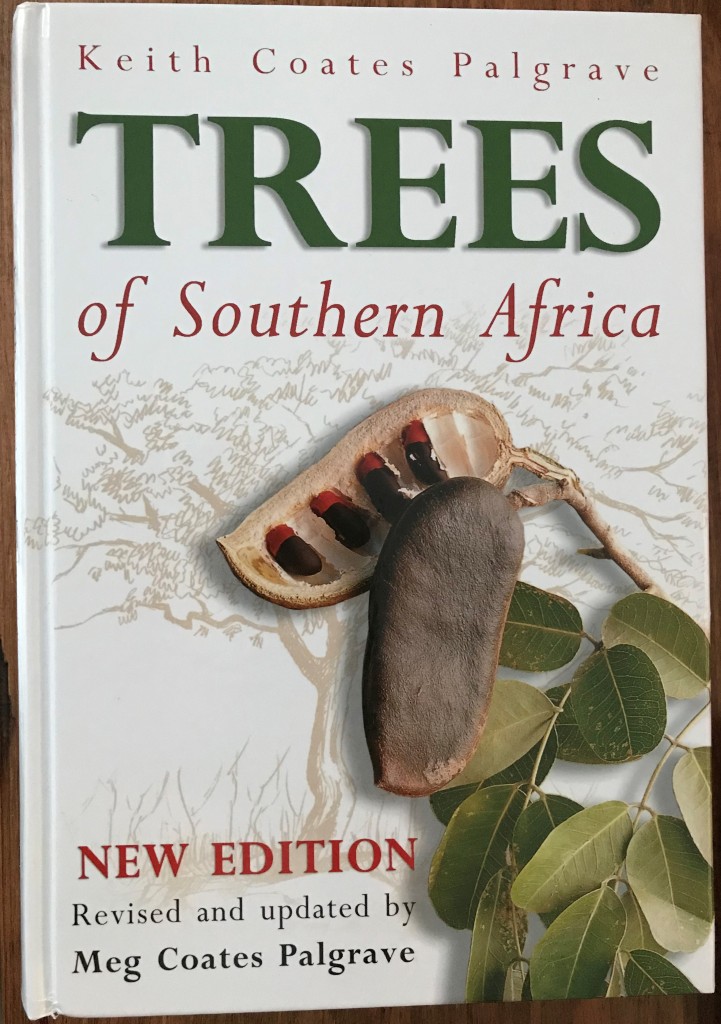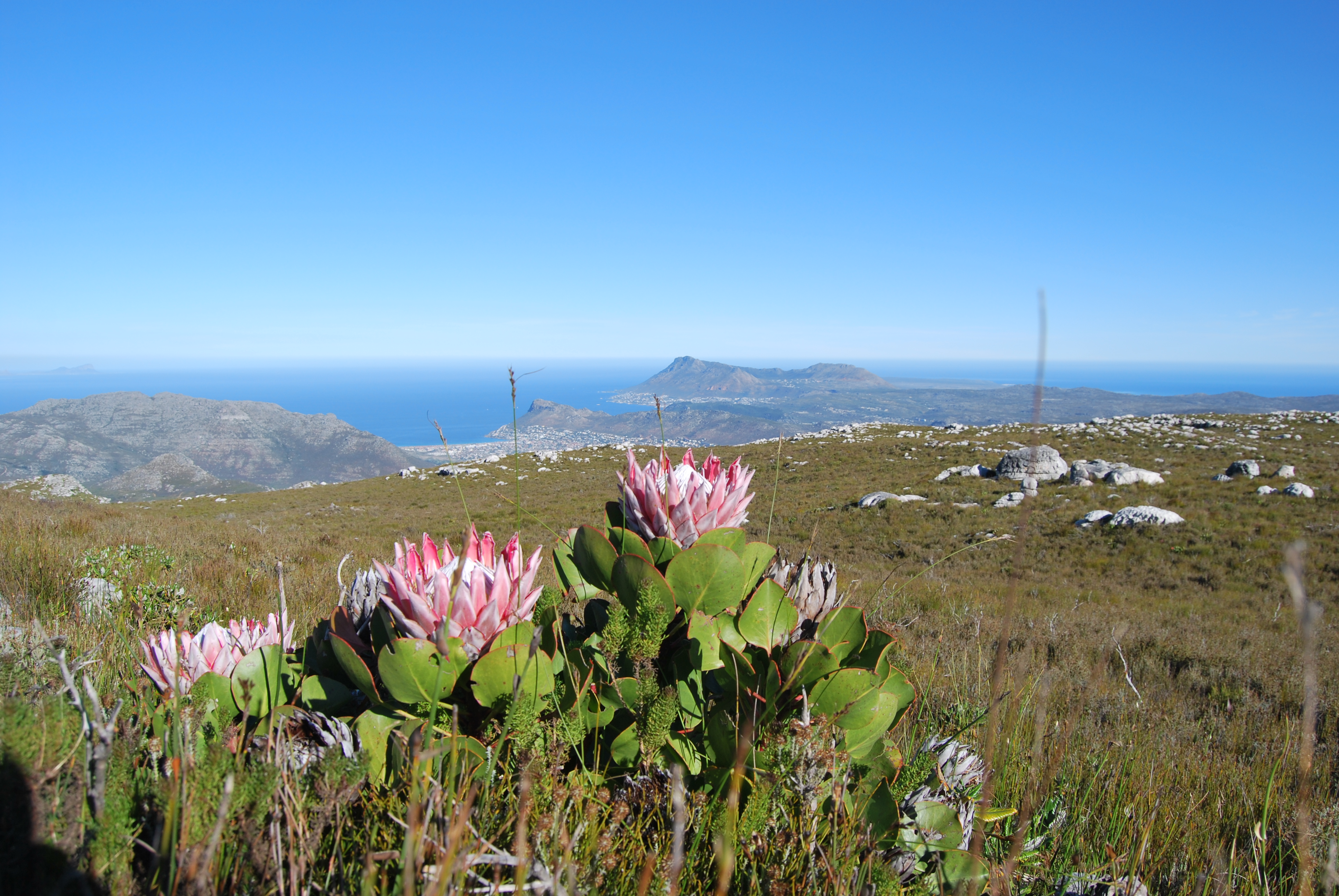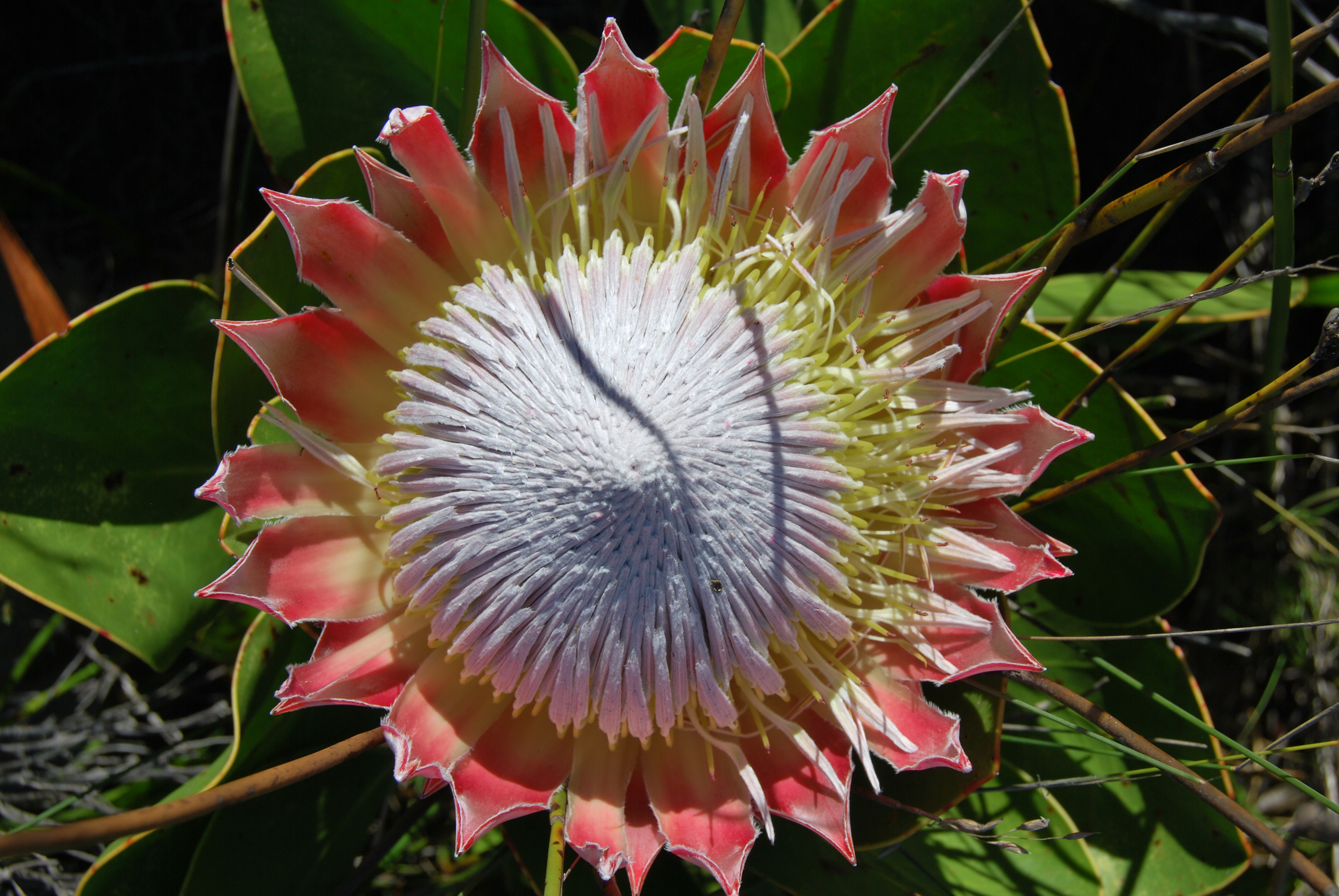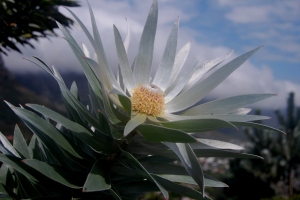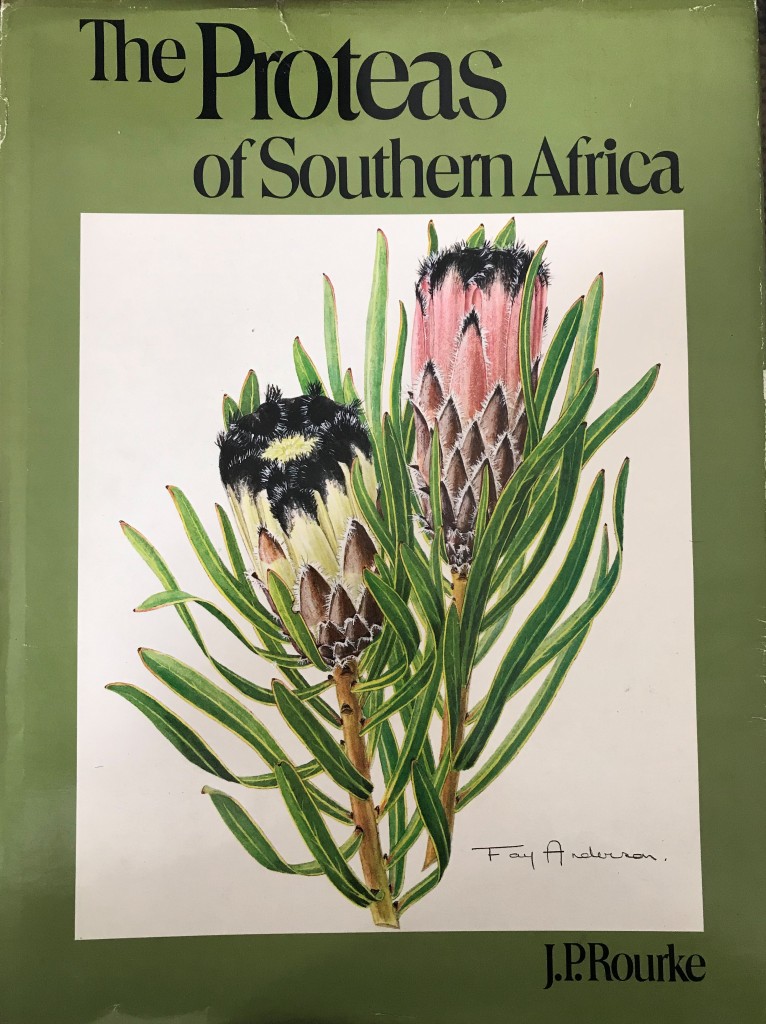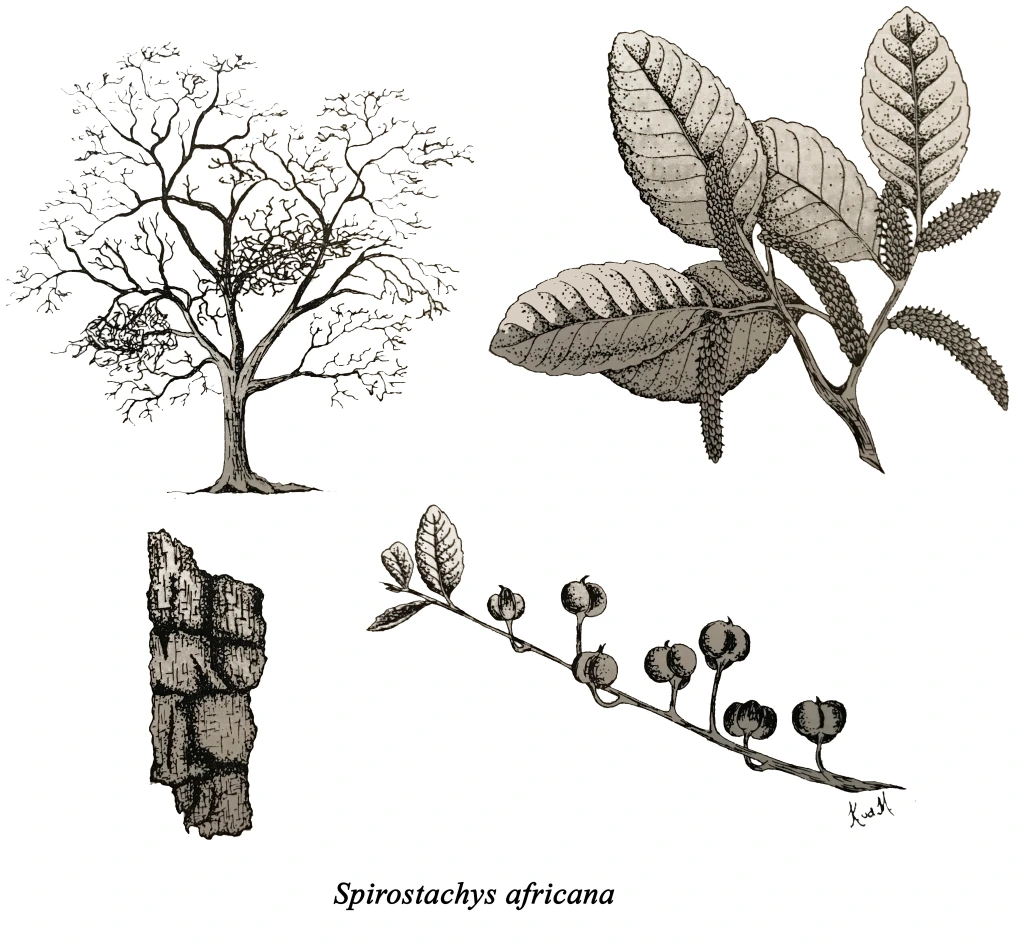“A tree is a big plant with a stick up the middle. Everybody knows that.” [Colin Tudge, The Secret Lives of Trees]

Everybody knows what trees are: Big, woody ent-like creatures that tend to form forests and house birds and bear fruit. A monkey’s playground, an elephant’s sparring partner and a rhinoceros’s back-scratching post. This all seems pretty obvious. But, what about the kokerboom (above) and the Aloe (below)? Are these trees?

The kokerboom seems like it should be called a tree; It just looks like one. It has a central stick-like feature and I could imagine a fairly small monkey hanging from those branches. The Aloe, on the other hand, seems too spongy and low growing to be a tree. But, then again, this raises the question must trees always be woody? Wood is often considered to be hard and rigid, rather than soft, fibrous and spongy, but kokerboom stems clearly fall into the latter category. They more resemble banana stalks:
“…they resemble palm trees, with a thick central stem and a whorl of huge leaves at the top. But the stem…is not of wood. [It] is formed largely from the stalks of the leaves, and its strength comes from fibres which are not bound together as in pines or oaks or eucalypts to form true timber; its hardness is reinforced, as in a cabbage stalk, by the pressure of water in the stem. So botanically the banana plant is a giant herb.” [Colin Tudge, The Secret Life of Trees]
Fortunately, the formal definition of wood helps us out. According to wikipedia, wood can be defined the following way:
Wood is a porous and fibrous structural tissue found in the stems and roots of trees and other woody plants. It is an organic material – a natural composite of cellulose fibers that are strong in tension and embedded in a matrix of lignin that resists compression. Wood is sometimes defined as only the secondary xylem in the stems of trees, or it is defined more broadly to include the same type of tissue elsewhere such as in the roots of trees or shrubs. In a living tree it performs a support function, enabling woody plants to grow large or to stand up by themselves. It also conveys water and nutrients between the leaves, other growing tissues, and the roots. Wood may also refer to other plant materials with comparable properties, and to material engineered from wood, or wood chips or fiber.
Ok, so the kokerboom is a tree and the Aloe is a succulent shrub. Clearly, the difference between them is that the Aloe growth form is low growing and sprawling… But what about Microcachrys, the Strawberry Pine that creeps along the ground (see below)? It has a woody central stick, but it is very low growing and shrub-like. Must all trees be tall? What about bonsai trees?

On second thoughts, it is not as obvious as it initially seems to define a tree. Everyone has their own definition and internal category. What is clear is that trees are not a single, well-defined group of closely-related organisms, but rather a collection of unrelated organisms that resemble a vague category that we have developed in our minds. In The Secret Life of Trees Colin Tudge defines a tree thus:
A tree is just a way of being a plant.



